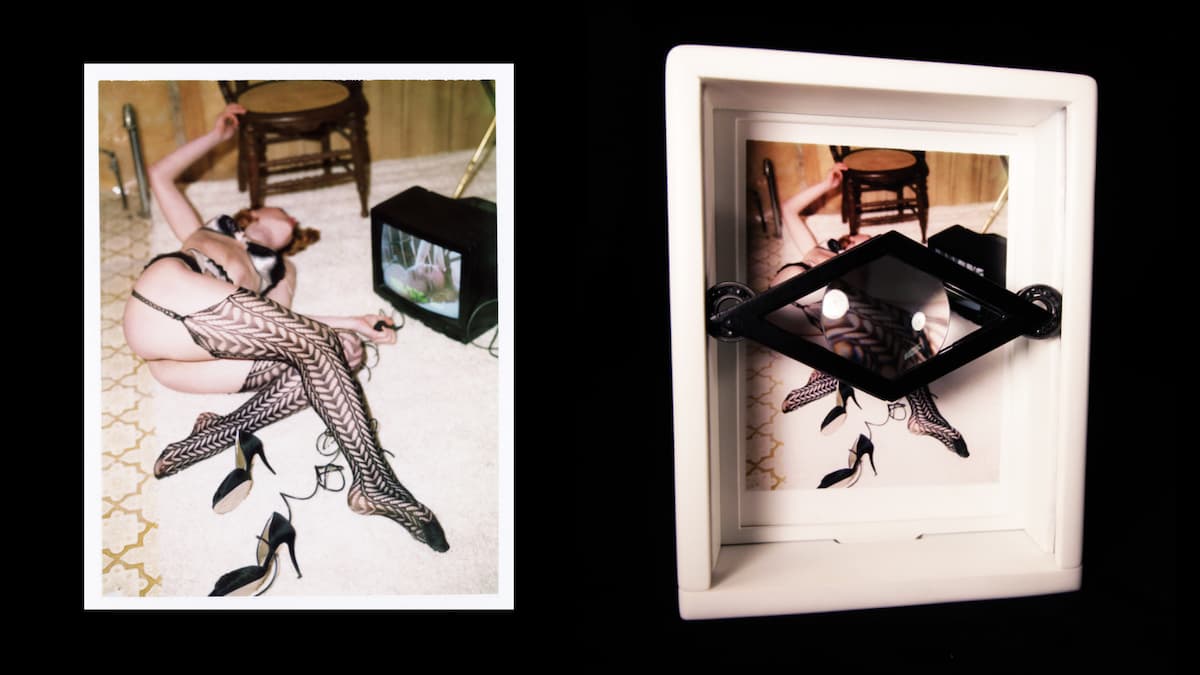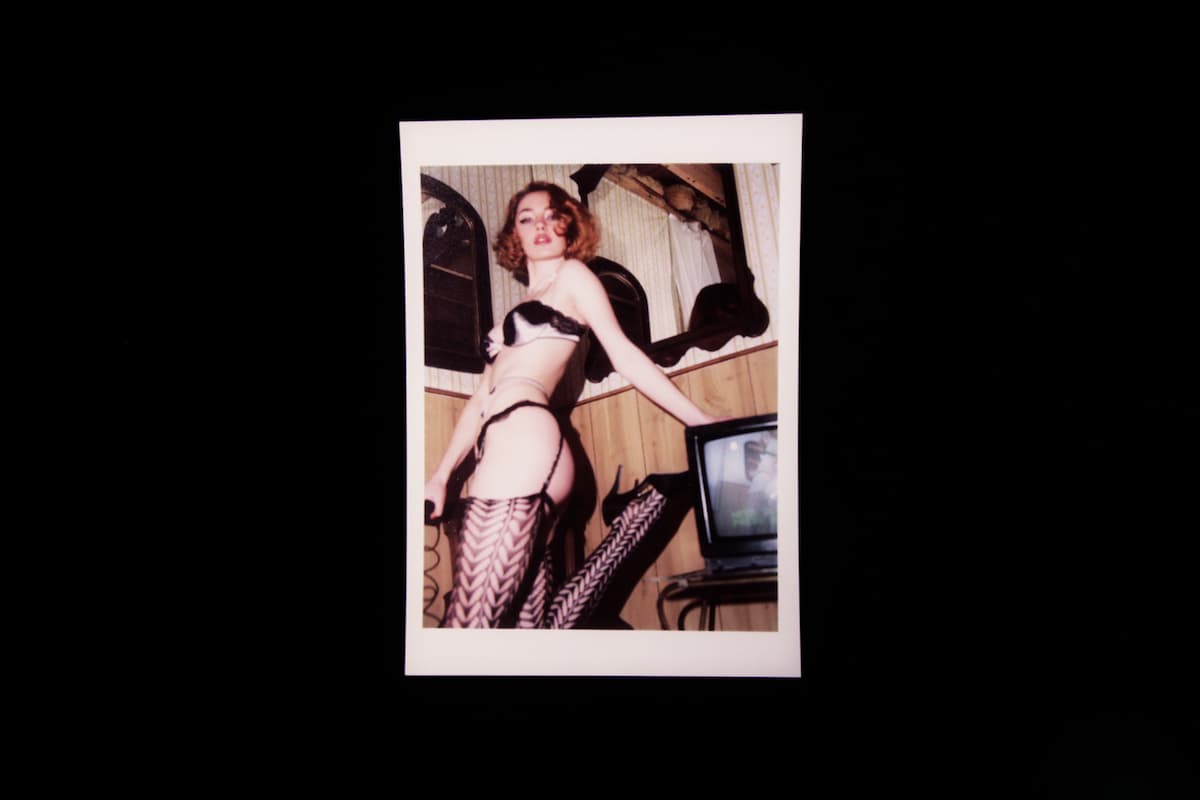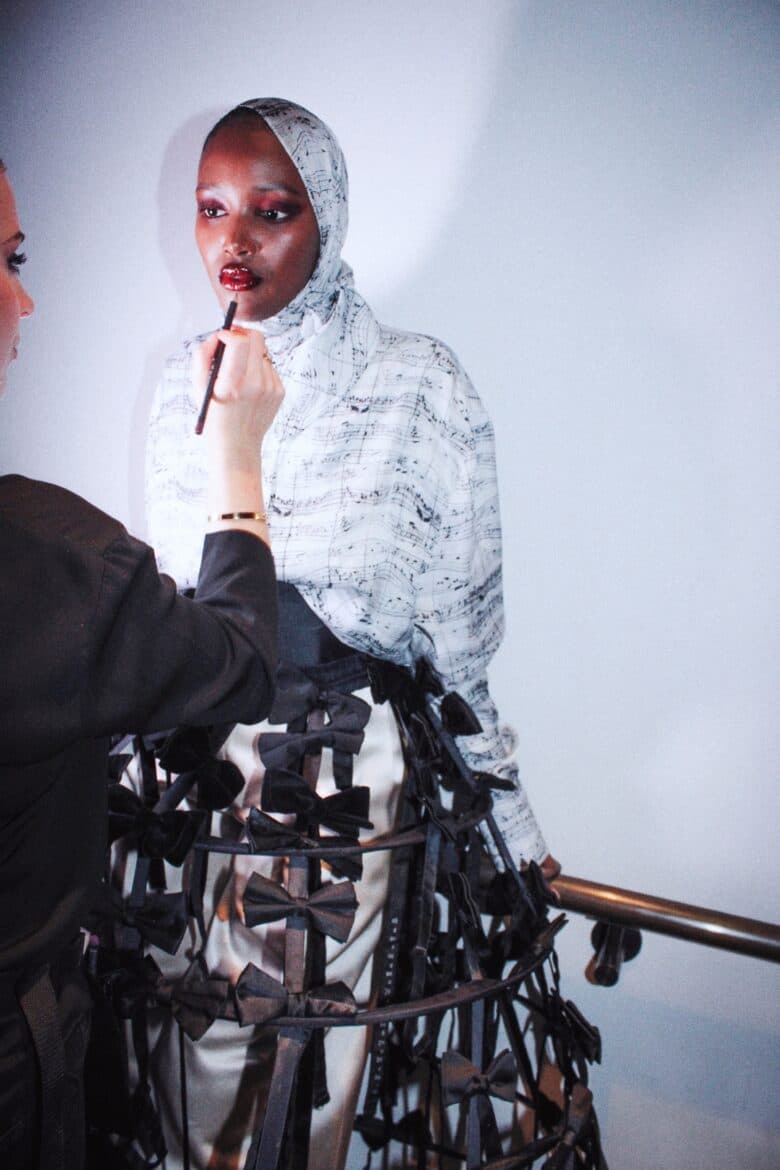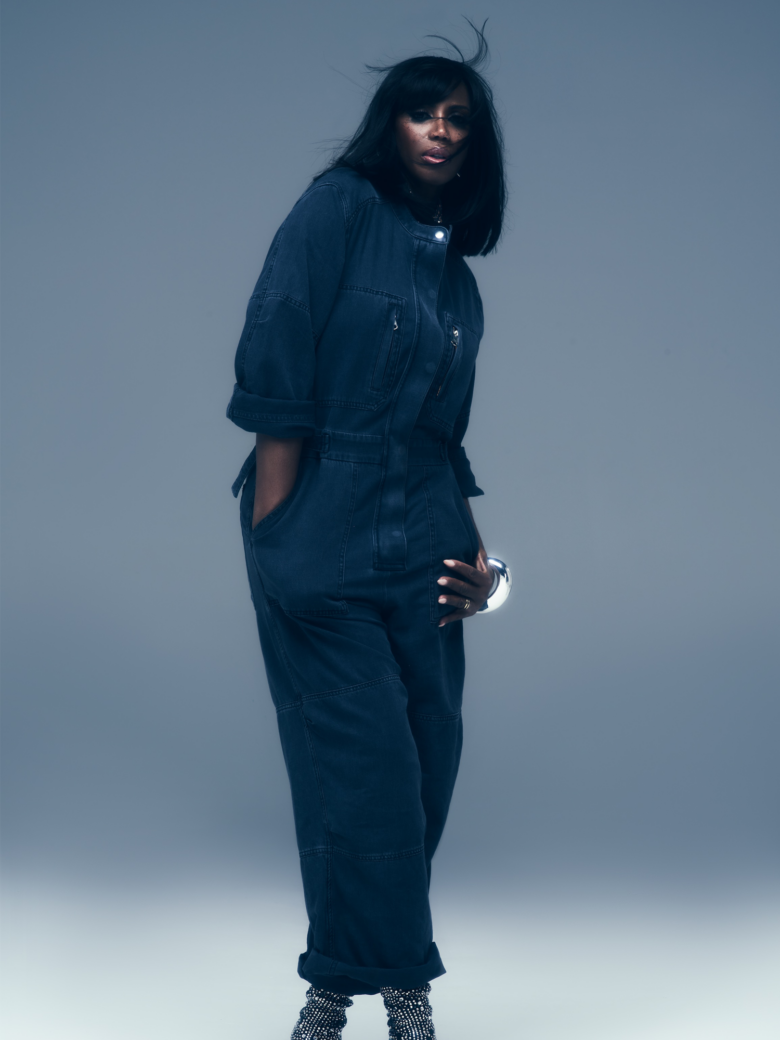This Is Not A Self Portrait
For years, NYC artist Amy Hood heard the same thing; “You should do a self-portrait.” But she knew this wasn’t what people were really suggesting. “What they wanted weren’t images of my self,” Hood writes in the essay accompanying This Is Not a Self-Portrait. “What they wanted were pictures of a persona I wasn’t most of the time.”
With photo book This Is Not a Self-Portrait and analogue collectable The Personascope, Amy is, ironically, giving the people what they want. Critically deconstructing the notion of the “self-portrait” she depicts herself as an aestheticised, idealised female figure — and in doing so, gestures towards new ways of engaging with our “self-portrait”- saturated, Instagram-reliant culture.
Below, we catch up with Amy about social media, the changing role of photography and whether there’s even an “authentic self” to begin with.

Good to meet you, Amy, I’d love to hear a bit more about your project “This Is Not A Self-Portrait”. Why did you choose that title?
It refers to the fact that people are more than meets the eye and that persona does not equate to the entirety of oneself. The full title is; “I took the pictures, but this is not a self-portrait.” It’s something of an anti-self-portrait, an inverse reflection that analyses and also echoes larger cultural syndromes. As a project, it marries my process, the devices I invent, and the whole journey behind them and utilises that collected thought to communicate a more comprehensive representation of my “self” than just a photograph of me. It also serves as a transitional piece that bridges my history of work with the new realm that I’m creating.
Interesting, I think there’s a lot in there that we can unpack. Before we start talking more broadly about themes, could you talk us through the “Personascope” you use in the project is?
The Personascope is an analogue interactive device, which—with a sprinkling of irony—places my own persona in a box on display, under a microscope, both an amplification of the hyper-voyeuristic tendencies of the modern microcosm and an encouragement to the viewer to interact with and examine further past the surface. It’s an instrument of concept, part of a platform communicating an idea.
You mention hyper-voyeurism, which I’d associate with social media. With the influence of social media, individuals have come under fire for projecting a version of themselves divorced from reality — but do you think there really is an “authentic self”?
I’ve thought about this question a lot, both in and out of the context of social media, about what defines us as our individual entities. About what it means to have an independent or original thought. It can be difficult to navigate how we feel as individuals when we are so continuously fed all these little bits of information.
Metaphysically speaking, what I would identify as the self and the individual is every memory and every dream and every interaction and every neural synapse that one has—in addition to their own vessel (body) and circumstance—which is in a state of constant growth and change. Given all of these variables, I would say that there is certainly some degree of authenticity to everyone, but how authentic may be more of a decision, the decision of how much you choose to tune in to your real self and stand by or act from that.
In some ways, the projection is an extension of the individual but flattened. With the flicker of an image, there’s bound to be a departure from the source information intellectually, sensorily, and otherwise. When going from 3D or 4D to 2D or, like, 2D and perhaps warped, there’s a dissonance. There is an entire sequence of events that leads up to a single moment and instead of seeing just the moment, maybe contemplating all of the parts that lead up to it could yield some interesting insights.

How should the general public change the way they interact with images online?
If anything, our interaction with the digital world is something to take into consideration. Maybe the intention with this project is partially to inspire more inquiry in terms of the relationship we have as individuals viewing the images, the reactions they cause within us, the way they affect our interactions with each other. What does living digitally co-existent mean? How do we want it to benefit our lives and what consequences might it have? Personally, I can feel overwhelmed by the amount of content and imagery. But for me, that just means taking time offline again and I think that’s an important practice to have.
In what ways do you think social media platform like Instagram has changed the status of photographers?
It’s certainly broadened the use of the term “photographer.” To some degree, there are definitely instances that trivialise the art form. There are lots of “photographers” shooting iPhone pix of hot chicks, who get work, and notoriety even, who have little to no knowledge of the art form itself or of its history nor are motivated to make particularly interesting work. But there’s also a level of entrepreneurship that comes with the ease of the platform in what was previously a pretty exclusive industry to hack. More people are able to share their voice or vision and I think that can be a beautiful thing.
Like what you see? You can follow Amy Hood on Instagram.

